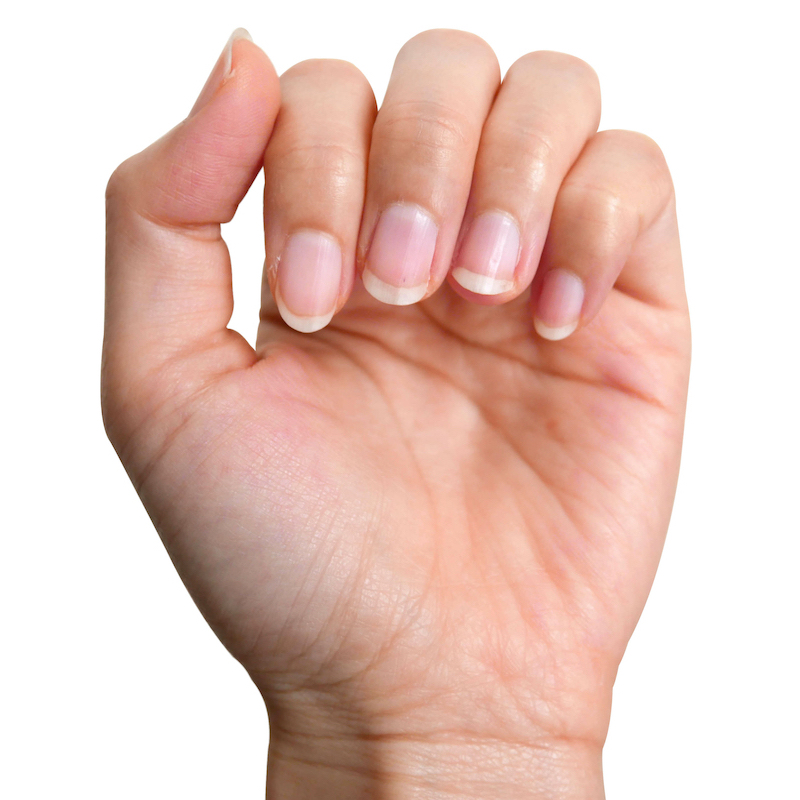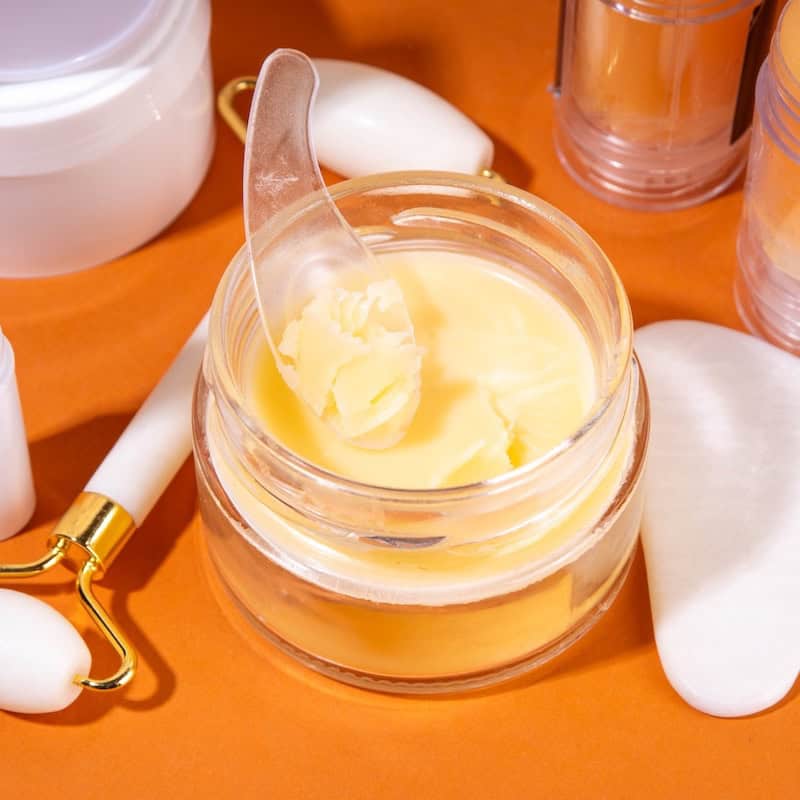This Dr. Axe content is medically reviewed or fact checked to ensure factually accurate information.
With strict editorial sourcing guidelines, we only link to academic research institutions, reputable media sites and, when research is available, medically peer-reviewed studies. Note that the numbers in parentheses (1, 2, etc.) are clickable links to these studies.
The information in our articles is NOT intended to replace a one-on-one relationship with a qualified health care professional and is not intended as medical advice.
This article is based on scientific evidence, written by experts and fact checked by our trained editorial staff. Note that the numbers in parentheses (1, 2, etc.) are clickable links to medically peer-reviewed studies.
Our team includes licensed nutritionists and dietitians, certified health education specialists, as well as certified strength and conditioning specialists, personal trainers and corrective exercise specialists. Our team aims to be not only thorough with its research, but also objective and unbiased.
The information in our articles is NOT intended to replace a one-on-one relationship with a qualified health care professional and is not intended as medical advice.
Sitz Bath Benefits & How to Use
May 10, 2024

You may have heard of a sitz bath before, but do you know what it is? The name comes from the German word “sitzen,” which means “to sit.” During a sitz bath, you sit in a bathtub or basin of warm water to provide healing and pain relief.
There are a number of reasons for your discomfort that may warrant a sitz bath, such as hemorrhoids, an anal fissure or a vaginal birth (a postpartum sitz bath recipe can be an amazing way to help heal from childbirth while offering relaxation).
Using sitz baths help numerous health concerns by increasing blood flow to inflamed areas. This is therapeutic because the increased blood flow can provide more oxygen, which promotes healing.
You can buy sitz bath solutions at the store, but it’s so easy to make a homemade solution. You simply combine a few key ingredients and add the mixture to water.
What Is a Sitz Bath?
A basic sitz bath definition: a pool of water that you sit in, with only your hips and bottom submerged. Common symptoms that may be relieved by this type of bath include minor pain, irritation and/or itching. Sitz baths don’t have to include anything other than warm water, but it is an option to use other ingredients such as those found in this sitz bath recipe.
Sitz baths can be taken using a specially designed shallow, round basin that fits over your toilet seat. Looking for an alternative? It’s also perfectly fine to use your bath tub as long as it’s clean.
If you’re comparing a sitz bath versus regular bath, a major difference is that sitz bath instructions will direct you to use a shallow basin filled with water or a bath tub only filled up about four inches high, as opposed to a regular bath, where your entire body (minus your head) is submerged in water.
How does a sitz bath work? Soaking in warm water (that sometimes also includes beneficial ingredients like Epsom salt) is known to boost blood flow while soothing unwanted symptoms like itching, irritation and pain. One study showed significant healing with the use of wet heat, which is exactly what a warm sitz bath is.
Benefits for These Health Concerns
A sitz bath uses warm water to increase blood flow to your perineal area. This can promote faster healing. Common health concerns that are known to benefit from a sitz bath include:
- Anal fissure (a small tear in the lining of the anus)
- Hemorrhoids
- Constipation
- Diarrhea
- Postpartum perineal pain after a vaginal birth
- Prostatitis
- Bartholin cysts
- Vaginal yeast infections
What solution do you use for a sitz bath? That depends upon which problem you are trying to remedy, since different ingredients are known to be helpful for different ailments. You can even do a one ingredient sitz bath recipe, such as an Epsom salt sitz bath or a baking soda sitz bath.
Ingredients
As you can see from the recipe below, a mixture of salts, witch hazel and essential oils create a very therapeutic bath that also smells enjoyable, thanks to the natural scent of the oils. The ones used in this recipe are all naturally anti-inflammatory and anti-bacterial.
What do you put in a sitz bath for hemorrhoids?
- Epsom salt is a mineral-rich and therapeutic addition to sitz baths. A study showed that a sitz bath with Epsom salt for hemorrhoids during pregnancy worked better than an ano-rectal cream.
- Witch hazel works as an astringent for the skin with its potent anti-inflammatory properties.
- Tea tree oil is a natural antiseptic with the ability to help treat wounds and infections.
- Frankincense oil is especially well-known for its anti-inflammatory properties.
- Lavender oil has also been shown to provide pain-relieving effects and powerful antioxidants that can be absorbed through the skin.
- If you’re making a bath for a yeast infection, baking soda is a recommended ingredient to provide relief from vulvar/vaginal burning, irritation or itching.
How to Use
Using a sitz bath is really quite easy. While there are some at-home basin kits you can purchase, using the bathtub works well too and doesn’t require an additional expense.
Before delving right into the how-to, there are a couple of things you need to avoid when doing sitz baths:
- Do not use soaps, because they can dry out the skin and make it even more irritated.
- If you plan to use a portable basin, make sure to avoid overfilling to help avoid spillage when discarding it.
Here’s how to set up a sitz bath, step by step:
- Set up the bathroom for comfort and privacy. If you need entertainment, music, candles, etc., set them up so you have everything you need to relax.
- Fill the basin or tub with warm water. If you’re using the tub, fill the water about four inches deep or so the water level reaches your hips. When you have the sitz bath temperature right, add a large spoonful of the sitz bath recipe. Note: if using a basin, use half the recipe since you have a smaller volume of water.
- Pour the mixture into the bath, and swirl it around to make sure it is well-dispersed in the water.
- Now you can get into the tub or lower yourself onto the seat if using the portable approach.
- Plan to relax for about 15–20 minutes and add more hot water, if needed, to keep the temperature in check. You can take a sitz bath two to three times a day, as needed, until you have healed.
- Once you are done, slowly get up. You may feel a bit dizzy. This is normal, but monitor yourself carefully.
- If you have time, allow the area to air dry. Otherwise, use a soft, non-abrasive cloth to pat the area dry.
- If you are using a special ointment or hemorrhoid cream for hemorrhoids, this is the perfect time to use it.
Where to Buy
It’s likely that your local drug store carries the shallow basins or sitz baths that can fit over your toilet bowl. It’s also not hard to find them online these days. There are many different color options, and you can even find ones that are BPA-free.
If you don’t have any interest in a DIY sitz bath recipe, it’s also not hard to find bath solutions online and in stores, too. Look for ones that contain natural ingredients that you are familiar with and avoid any solutions that contain undesirable ingredients like synthetic scents.
Precautions
Check with your healthcare professional to make sure it’s acceptable for you to use anything other than warm water.
Always make sure your water is not too hot and that you’re using a clean, disinfected tub or basin for the bath.
Sitz baths are typically safe in most cases, but if you experience unusual discomfort or irritation of any sort, discontinue use and talk to your doctor. You may experience slight dizziness as you get up from the bath since the warm water may cause your blood vessels to dilate. This is normal, but be careful. Also, make sure to stay well-hydrated.
Be especially careful taking a sitz bath postpartum. It’s a good idea to have someone nearby when you are getting in and out of the tub (or on and off the toilet). Also, let your doctor know if perineal pain worsens after taking a postpartum sitz bath or if you experience increased redness or swelling.
Stop use and contact your healthcare professional if symptoms worsen.
Print
Sitz Bath Recipe
- Total Time: 5 minutes
- Yield: 2 1x
Description
Using sitz baths help numerous health concerns by increasing blood flow to inflamed areas. This is therapeutic because the increased blood flow can provide more oxygen, which promotes healing.
Ingredients
- ⅓ cup Epsom salts
- ¼ cup sea salt
- 2 tablespoons witch hazel
- 10 drops tea tree essential oil
- 8 drops frankincense essential oil
- 8 drops lavender essential oil
Instructions
- In a small bowl, blend the Epsom salt and sea salt.
- Next, add the remaining ingredients and blend well.
- Add to a warm bath (about 4 inches of water if using tub). Use half the recipe if using a basin kit.
- Sit in bath for 15–20 minutes.
Notes
Sitz baths are typically safe in most cases, but if you experience unusual discomfort or irritation of any sort, discontinue use and talk to your doctor.
- Prep Time: 5 min






